PV oversizing for increased profitability (1/3)
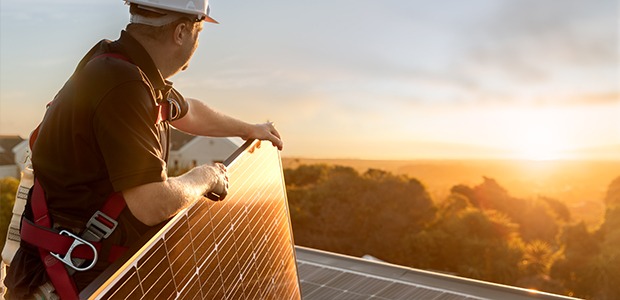
Maximizing the cost efficiency of a PV installation is crucial. Homeowners want to recover their investment as quickly as possible. For installers it’s an important argument to win over customers for solar. In this three-part series, we’ll delve into the advantages of PV oversizing or overdimensioning of residential PV installations and focus on the considerations that installers have to take into account.
PV oversizing: what is it?
PV oversizing or overdimensioning refers in this article series to the practice of installing more solar modules than is strictly required for the installation. The total capacity they yield is therefore higher than the rated size of the inverter that converts the DC electricity generated by the panels into usable AC electricity for consumption in the household.
Why oversize now?
Oversizing a PV installation presents a compelling cost-effectiveness proposition. With the rising popularity of electric vehicles and heating systems, the need for additional cheap solar energy generation has become more pressing. Especially in single-phased installations, where the capacity of the inverter is limited to 5 kW or 6 kW on the AC side, PV oversizing is a must to get the most out of the installation. Despite the investment required for additional panels – right from the start or after a couple of years – the marginal cost compared to the increase in energy output is relatively low. This cost-effectiveness is further enhanced by the ongoing decrease in the cost per watt peak (Wp) of PV panels over recent years. As the cost of panels continues to decline, the financial viability of PV oversizing becomes increasingly attractive.
Solar energy from dawn to dusk
Installation scenarios, where extra panels are added for east/west-oriented setups or setups with differently oriented roof surfaces, can also benefit significantly from PV oversizing. These extra panels allow the system to start generating electricity earlier in the morning and continue producing power later into the evening. The extended production window aligns more closely with peak energy demand periods of the household, thereby maximizing the self-consumption of solar energy and increasing overall system efficiency.
This flexibility is exactly what SMA offers with its single-phase hybrid inverter. The Sunny Boy Smart Energy has 3 MPP trackers allowing a flexible design, even on complex rooftops. Moreover, using the third MPP tracker, the installer has the possibility to operate 2 or 3 PV modules on a car port or extension. Low startup voltage at a mere 66 V extends the time span during which solar energy is produced even further. SMA ShadeFix, the integrated software, makes sure that homeowners get maximum solar energy, even in shading.
In Sunny Design, the free software provided by SMA, installers can calculate the optimal number of panels, determine their positioning, and maximize their setup across separate strings, leveraging the full potential of Sunny Boy Smart Energy’s 3 MPP trackers.
Panel versus inverter capacity
If an installer would dimension a solar installation based on the peak capacity of the panels indicated by the manufacturer, this would result in underdimensioning the system. This discrepancy arises because the actual peak capacity of the panels is typically lower. Manufacturers provide performance data under ideal test conditions, assuming a consistent irradiance of 1,000 W per square meter of incoming sunlight. However, in practical scenarios, several factors such as the angle of incidence of sunlight, temperature variations and shading significantly impact the actual performance of the panels. Particularly noteworthy is the effect of high temperatures, which can lead to a substantial difference between the rated peak capacity and the actual output . As a result, the panels rarely achieve their maximum rated capacity except under specific conditions, such as cool and sunny days. The installer also has to take into account that PV panels experience a gradual decline in efficiency over time.
By incorporating extra panels into the installation, the system can maintain higher levels of energy production over its operational lifespan, ensuring sustained performance and maximizing the return on investment.

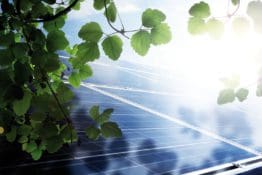
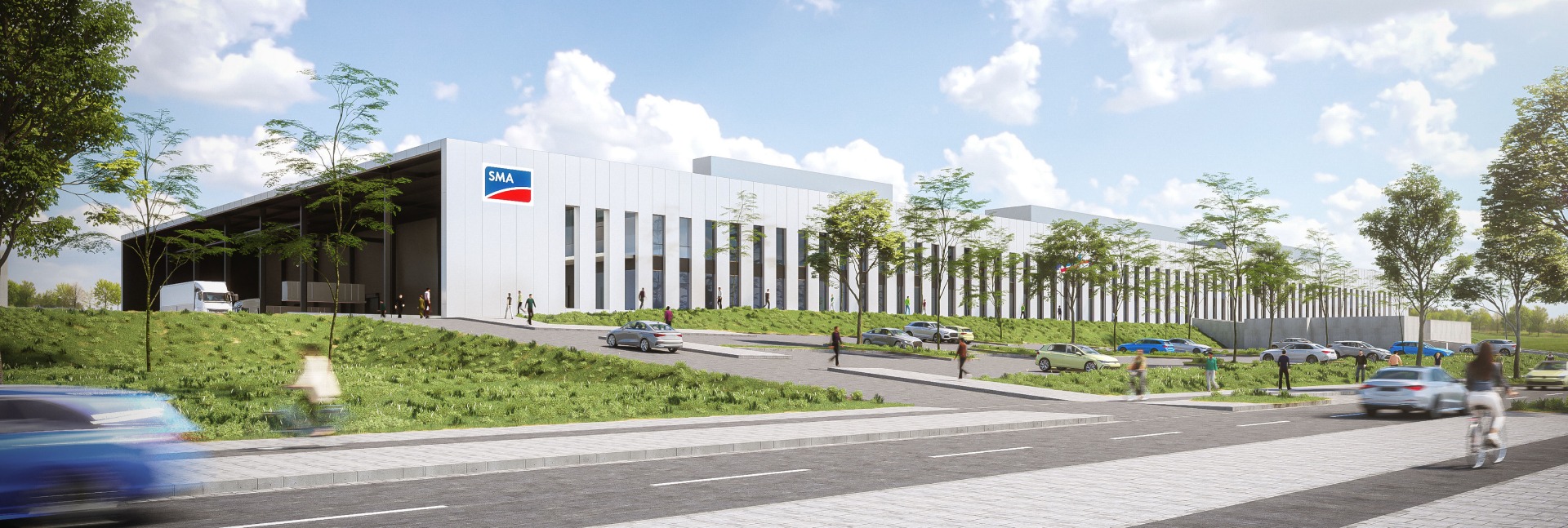
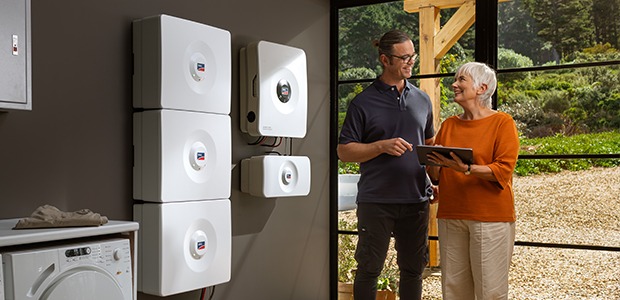
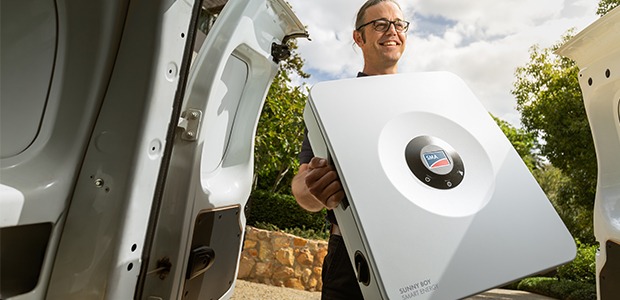
Feel free to contribute!